Shaping a more creative life with writer and editor Grace Pengelly.
#04 ATELIER, a collaborative interview series exploring our creative spaces, processes and rituals.
I’m Lyndsay, mother, creative and storyteller with a background in interiors PR. Story & Thread. is a weekly letter exploring the intersection of creativity, mothering and the living world, with a home and a garden at the heart...
Please feel free to share parts of this newsletter that connect with you — here on Substack, on social media or I would love you to send it on to someone special to you.
Hi everyone
I hope you are doing well and are beginning to settle softly into spring.
Firstly, hello to some lovely new subscribers, I’m so glad you have made your way here, and I wanted to assure you that I don’t usually post three times in a week (!) but I am writing to you this weekend to bring you the ATELIER interview with writer and editor
, the first of this new spring season. Sunday evening feels like a good home for ATELIER, an exploration of the places we create in, our processes and rituals — I hope it will provide some seeds of inspiration for your week ahead.I discovered Grace via her Substack publication The Murmuration when I happened upon her post, Golden Hour #032: Places of Work and loved reading about the desire for a container for her writing and a room to return to. I resonated deeply with the degree of glorious aloneness needed for creating, something we are not often afforded much of in motherhood.
Before we dive in to the interview with Grace, below is a short update on my own developing creative space and practice…
My atelier update.
There has been a shift in my days as I feel into a new routine of roomier pockets of time and space, whilst my children are at nursery for three mornings (alongside some much-valued family help during the week).
The new rhythm is unfolding as I slowly work my way through
’s heart-stretchingly beautiful online writing course, Neadaireacht/Nesting. This week I landed in the class about creating “a home for our words”. Within the tasks, was one about creating daily space for a ritual that is personal to us and allows for a feeling of sacredness each time we return to our desks.During winter, my writing space became a sort of winter cave, a place for contemplation, dreaming and perhaps something that felt like magic too. With the onset of spring I feel the need to shape a rhythm that feels intuitive and gentle but also allows me to be intentional about getting things done.
In a practical update, I have feathered my writing nest with a rattan lampshade to encase the (fairly ineffective) lightbulb hanging from the ceiling, placed a grounding green woven rug under my feet, and a soft pink ruffled linen tablecloth has made its way onto my table. I am surrounded by piles of books and magazines which I seem to need close at hand, various notebooks for different things, a jug of seasonal flowers, a handful of crystals, my favourite candles, seeds to be sown (soon) and a flower remedy to support thresholds and transition.
Whilst I continue to gather inspiration and add to my moodboard for the space, I am collating insights into how and where others create, and the rituals they intentionally adopt to elevate the space for creativity. This gathering of inspiration and ideas led to the idea for the ATELIER series…
ATELIER, noun, [French atuh-lyey].
a workshop or studio, especially of an artist, artisan, or designer.
Tell me about yourself and your writing life.
I’m a writer and editor working on books and essays about culture, politics, art, living, belief. Most of my work has a political dimension to it, which is an unconscious thing mostly. I find I just can’t help but be drawn to themes of power and how it manifests itself in society. After graduating with two degrees in politics I worked briefly as a policy advisor before becoming a commissioning editor of non-fiction for HarperCollins. Looking back on it, my life has always oscillated between an immersion in politics or the human observation of it. I am also very interested in religion and belief, and how we in the West create meaning in our lives in the absence of religious institutions.
At the moment I am working on a novel set in North London that touches on many of these themes. How individuals are affected by unseen political forces, how societies are made and unmade through systems of mutual belief. How we make human decisions in an often difficult and changing world. These are also things I write about on my Substack The Murmuration.
Where do you write?
I have a small writing studio which my husband recently designed and built for me after the birth of our first child. It’s one of the more romantic things he’s done!
We live in an 18th century cottage in Somerset, and the studio is at one end of an oak-beamed extension, which the previous owners added. It looks out on to a small courtyard and has a big view of the sky. We had some custom furniture made to fit the space which I think makes it feel beautiful and self-contained. I particularly like my desk, which fills the width of the room.
How do you like to approach a creative workday?
Right now my workdays are dictated by our nursery schedule. So I’m often working in the afternoons and occasionally have a whole day to myself. I think I work better this way. That said, I do lots of my ‘thinking’ work as I’m taking my daughter to nursery or doing the supermarket shop.
It’s important for me not to be working on the same project day in, day out, so I like the change in pace that working on essays and books affords. If I’m working on my own writing I think it’s important that I’m in an emotionally ok place. If I’m too angry or sad I think my writing suffers. Maintaining good mental health is one of the most important aspects of my practice.
How do you go about maintaining good mental health?
I think the anticipated answer to this kind of question is often ‘wild-swimming’ or ‘meditation’, but my anti-depressant medication Sertraline has had the most transformational impact on my mental health and I am very glad it exists. I started taking it shortly after my daughter was born after experiencing postpartum depression, and it ‘worked’ for me in a way no other medication seemed to. Beyond drugs, knitting, spinning and rock-climbing also help me stay on an even keel.
Are your surroundings important to you?
As an editor it’s very important that my surroundings allow me to concentrate. I need to give my total focus to the text and not be distracted by noises or music. So I always work without any radio or music playing.
In the broader sense, I have found that moving to Somerset has afforded me much more mental space to write and develop my own style. There are lots of other creatives and artists living here, and I often bump into fellow writers if I make my way into town. It’s encouraging to know that there are other people working in a similar way to me.
How has the way that you work changed since moving to Somerset?
I think subconsciously moving to Somerset was always connected to my desire to start a family.
What I didn’t realise at the time was the way it was also connected to my desire to live a more creative life.
I am fortunate to live in a town which has a wealth of parents who want to spend their time in a similar way. This differs to life in London where the busyness of your day-to-day schedule can leave little time to faff about with writing or painting. Living in a less cosmopolitan environment creates space which I didn’t have before, and attracts people with a similar set of values who are happy to babysit!
How do you like to feel whilst you are working?
This is a good question. I think it depends on what I’m working on. If it’s an essay then the most important thing for me is to feel curious. I have to want to know what I think about a subject and be willing to change my mind as I’m reading and writing about it. I want to feel like I’m in a liminal space and haven’t already decided how the essay will finish.
For fiction or longform then it’s essential to feel committed to the project. To feel that sense of endurance and a desire to see it through. Books take a long time to write, so maintaining a consistent attitude towards the project (and not flinging your laptop out of the window) is important.
If I’m editing other people’s writing then I’m trying to pay attention to the emotions that arise for me as a reader. Why do I feel confused by that paragraph? Why does that chapter make me feel angry? These are often feelings which will arise for other people too, so listening for and addressing them is really important.
Do you feel or think differently when you write since becoming a mother?
Since having my daughter I have felt creatively unblocked. I’m sure this also relates to the fact that I’m no longer working within a commercial publishing house, which left little time for my own projects, but I remain convinced that there is a strong correlation between becoming a parent and discovering your creative impulses afresh. It simultaneously made me care less, and more, about my writing, which I’m sure is a good thing.
I recently came across a brilliant book called ‘The Baby on the Fire Escape: Creativity, Motherhood, and the Mind-Baby Problem’ by Julie Phillips, which chronicles the experiences of mothers in relation to the artistic practice. I strongly related to Ursula Le Guin who seemed to have a very matter of fact approach to motherhood - yes, having children provides obvious limitations on when and how you might write or make art, but ultimately, the act of having them is itself a creative thing which provides deep wells of potential artistic inspiration and output.
How do you set the tone and energy of your environment?
Closing the door! Lighting candles. Having pictures and art that I find stimulating. In my writing studio I have a large piece of photography by Lucy Laucht, which I love. It’s of a woman diving into the ocean, and that’s the sensation I feel when the writing is going well.
There are also several books that I keep on my desk, as I find I return to them endlessly. These include: Flights by Olga Tokarczuk, the Diaries of Etty Hillesum, and poetry by Marie Howe and Pádraig Ó Tuama.
Do you have one place dedicated to your work, or do you move around?
I work in my studio almost exclusively. The rest of our house is too chaotic. Very occasionally I will write in a coffee shop, but that’s only if things are going badly.
Where do you source creative inspiration?
Lots of places. Poetry and scripture speak to me. I find reading journals like The Paris Review or The Creative Independent encouraging, especially when writers share about their practice.
’s Substack Monday Monday has been a really important resource for my creativity more recently. I also love the videos that are on The Louisiana Channel on Youtube.What would your dream creative studio space look like?
I once stayed in a beautiful cottage called The Black Shed on the Isle of Skye, which had enormous windows looking straight out to the sea. That would be a pretty beautiful place to work – maybe too beautiful.
Do you have any rituals around your work?
Showing up. That’s it.
Can you tell me a bit about the winged sculpture that lives in your studio?
The sculpture is a ‘Bewildered Angel’ by the ceramicist Paul Field. My mother gave it to me last Christmas and it seems to sum up my feelings most days. It’s a reminder that the sense of overwhelm we all feel when we connect with the reality of living on this planet is normal. Ok. Perhaps even holy.
Grace Pengelly is a writer and editor living in Somerset, England. Previously a commissioning editor for HarperCollins, she now works with authors, agents and publishers on a freelance basis. Her own writing can be found at The Murmuration, a biweekly newsletter that ‘digs beneath the topsoil’ of everyday life.
gracepengelly.co.uk | IG @graceelizabethpengelly
I’d love to hear if today’s interview with Grace has led you to think about the spaces you create in.
What allows you to shape your most creative life?
Is there an object or objects that bring you comfort or inspiration?
Thank you for reading, I would love to chat about your experiences of creative space and hear your thoughts in the comments.






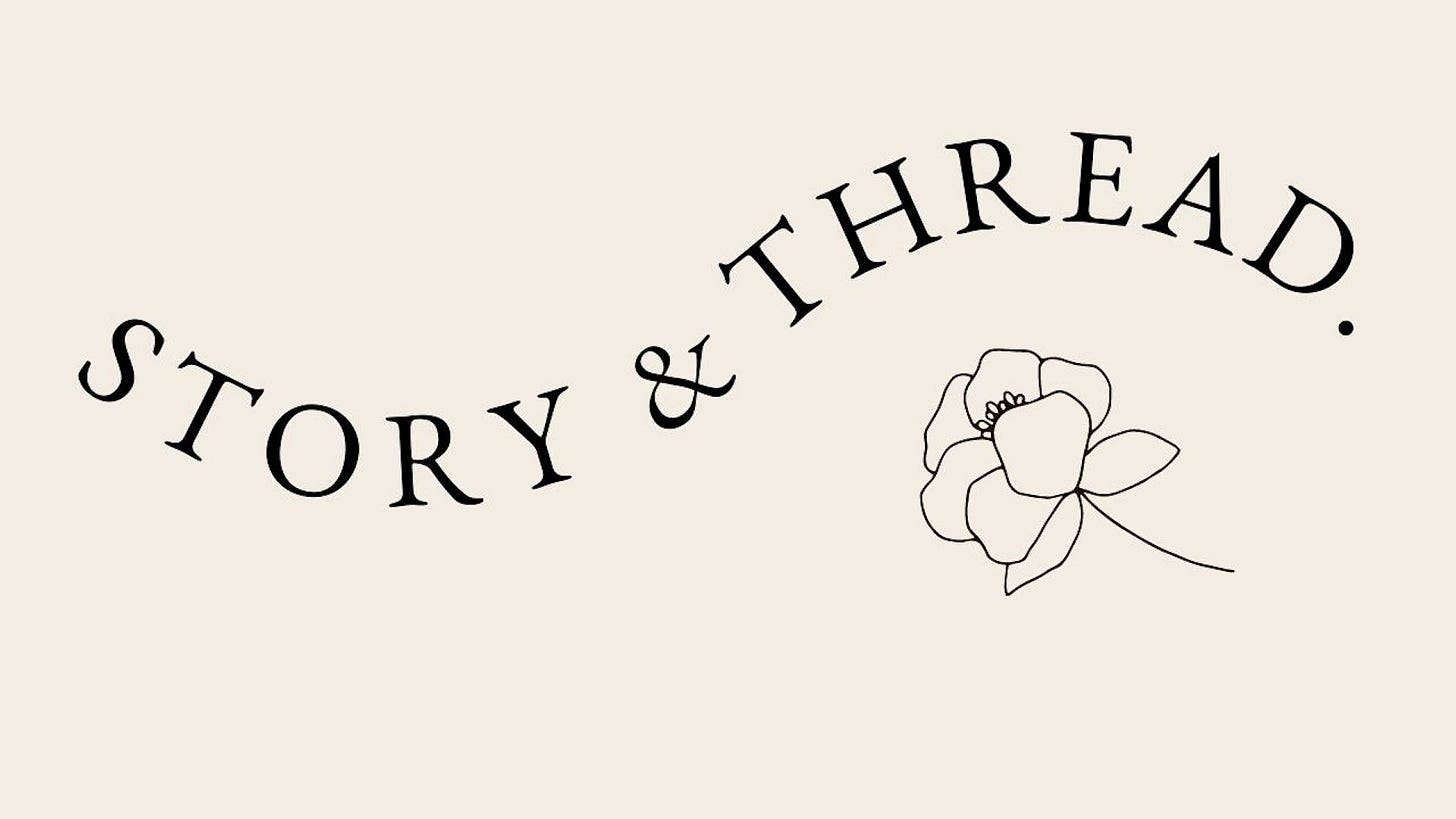


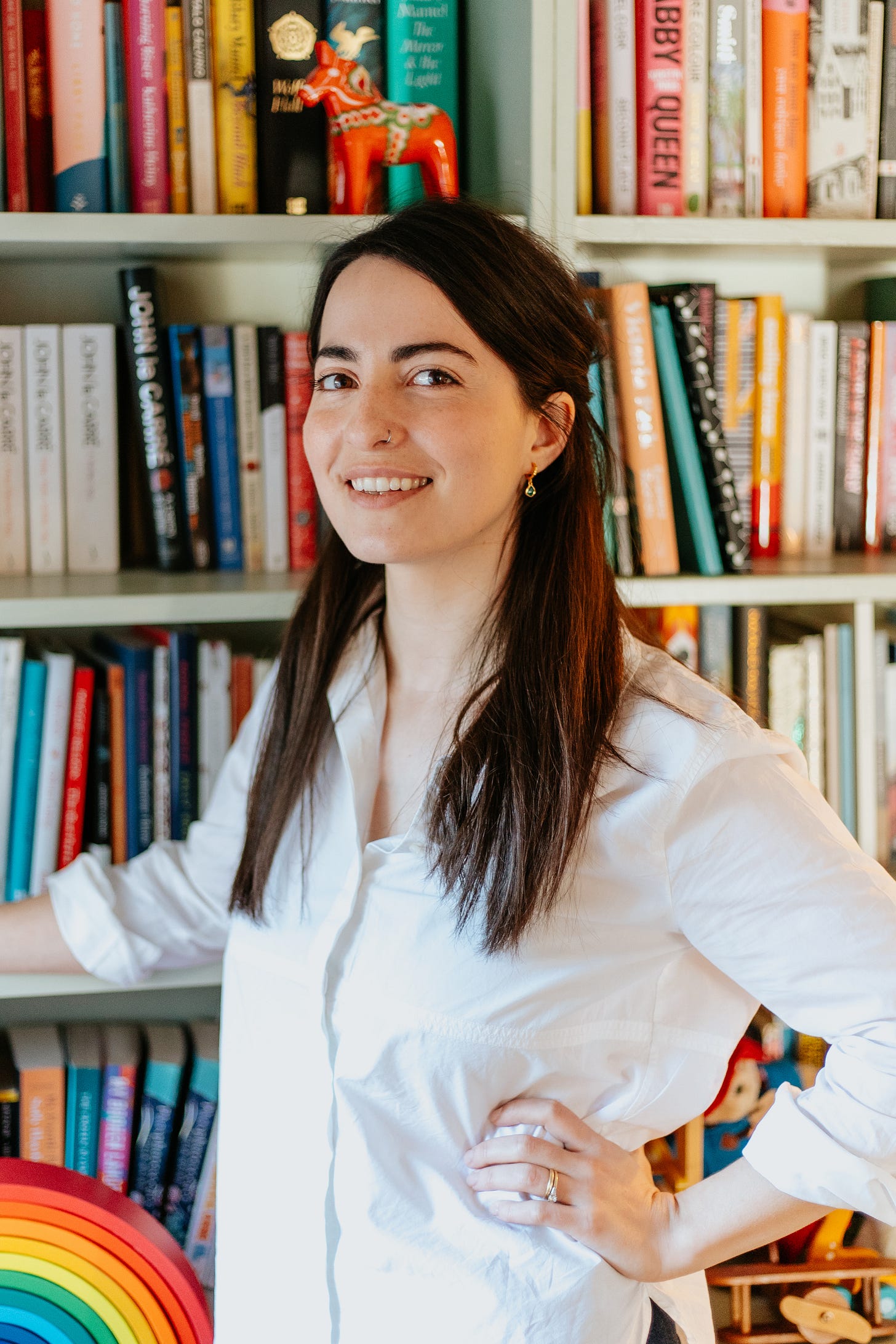


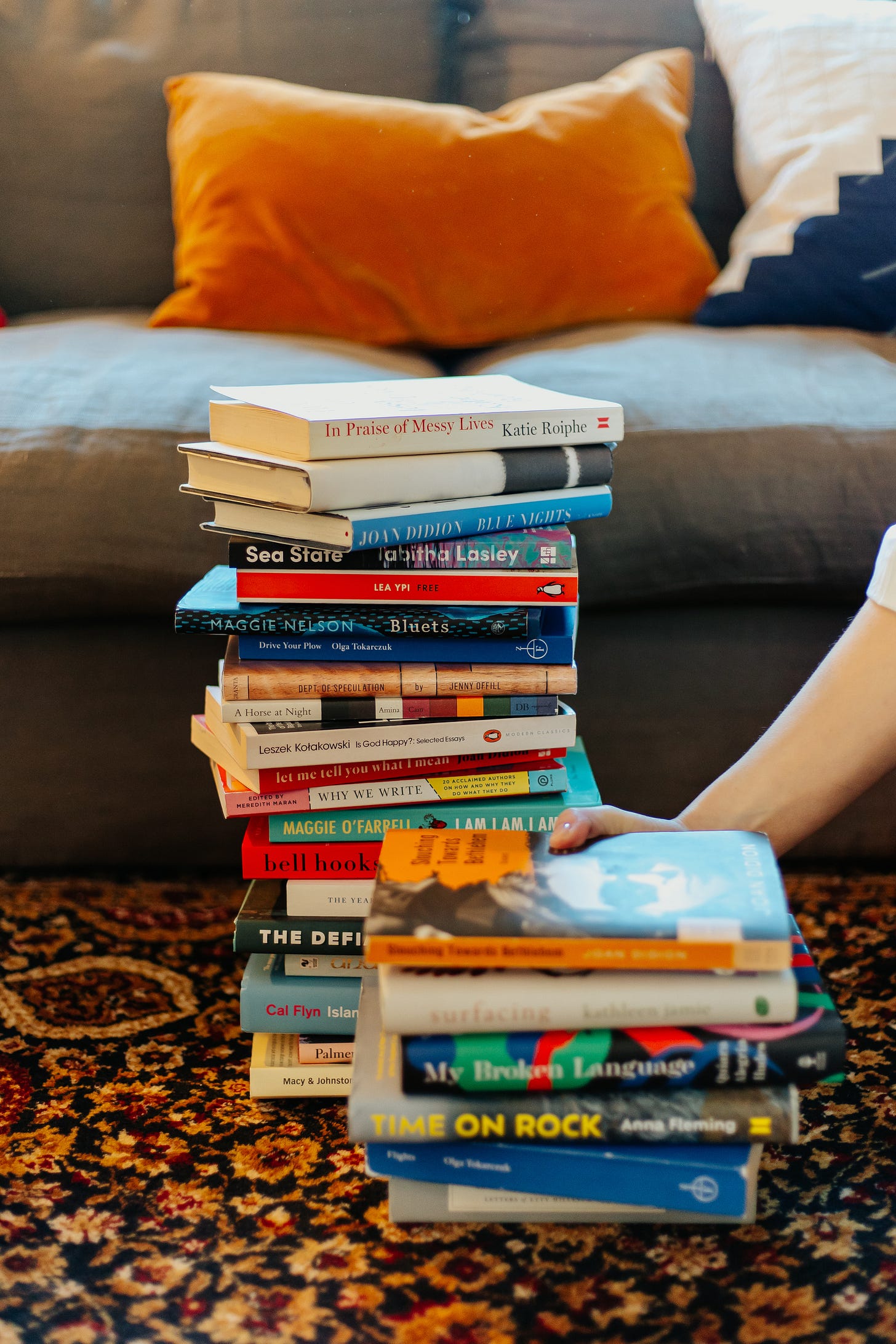
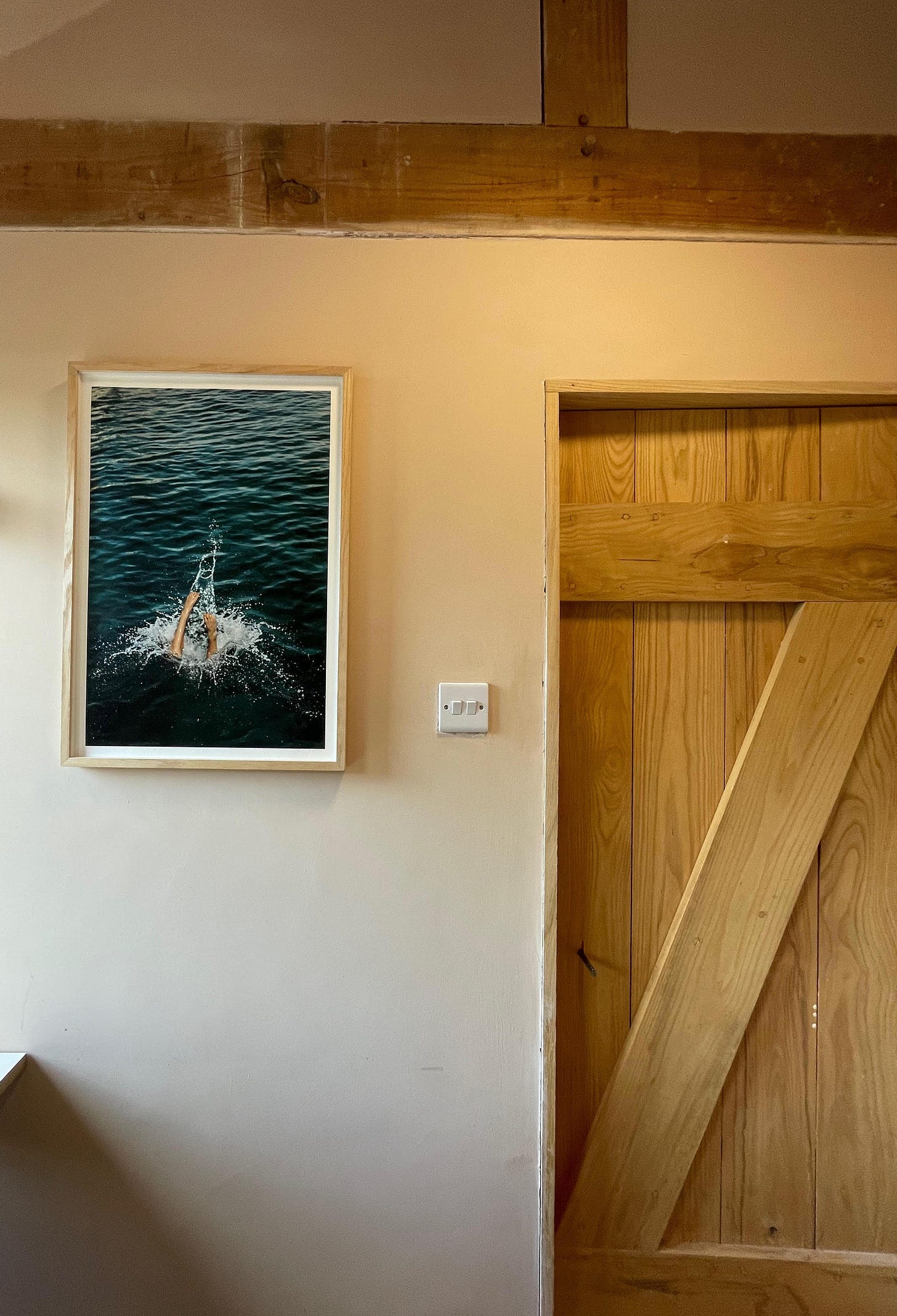
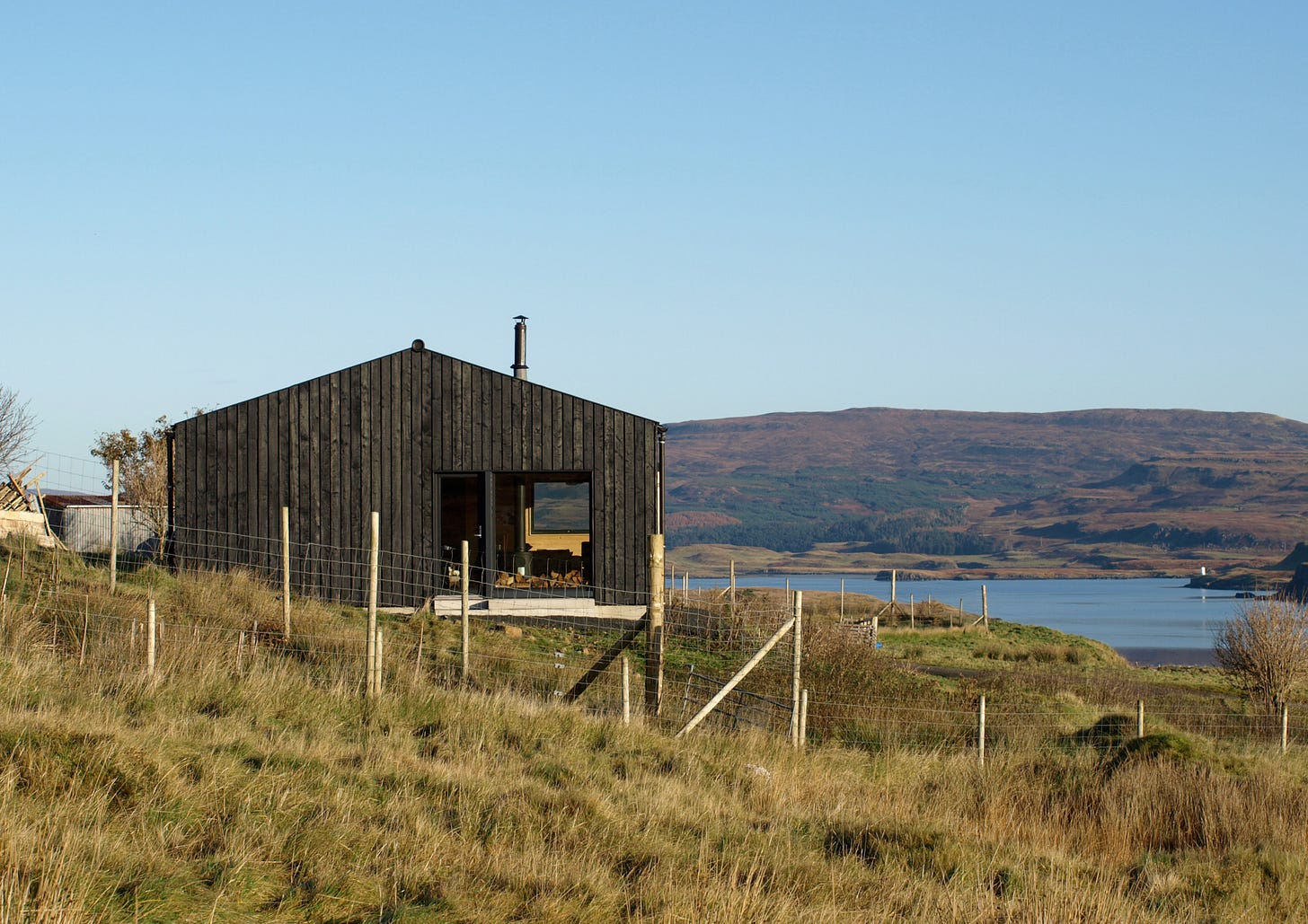
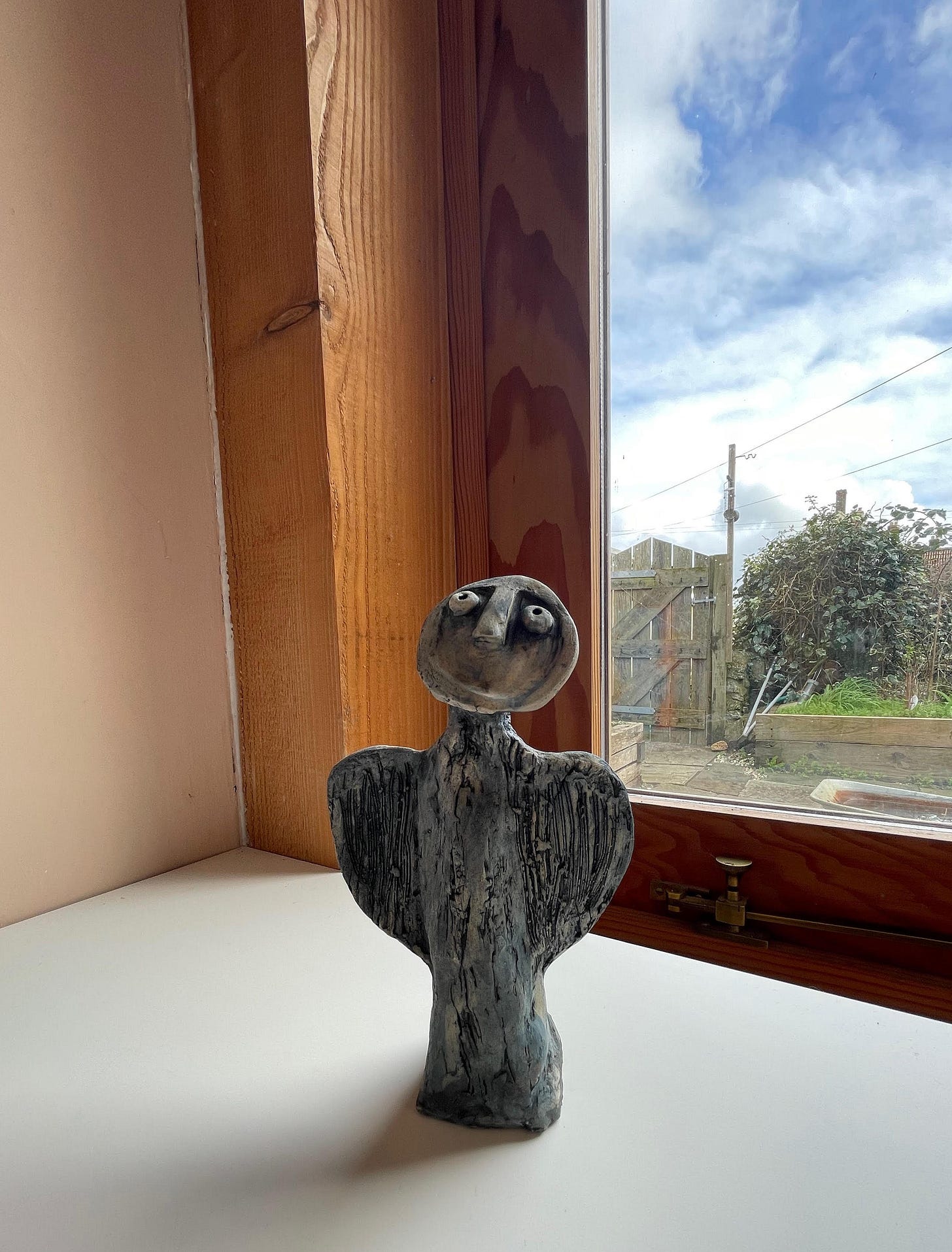

“I am surrounded by piles of books and magazines which I seem to need close at hand.” I also have a “need” for these things. Jonathan’s just asked, “what is this stack of books on the chair for?” Well, the chair is now a makeshift book case, of course!
Another gorgeous interview, and an important point about mental health. I also take Sertraline and have found it so helpful for navigating some of the anxieties and challenges I’ve experienced over the last two years. Thanks for sharing so openly and honestly, Grace 💛
That Ursula Le Guin quote is perfect.